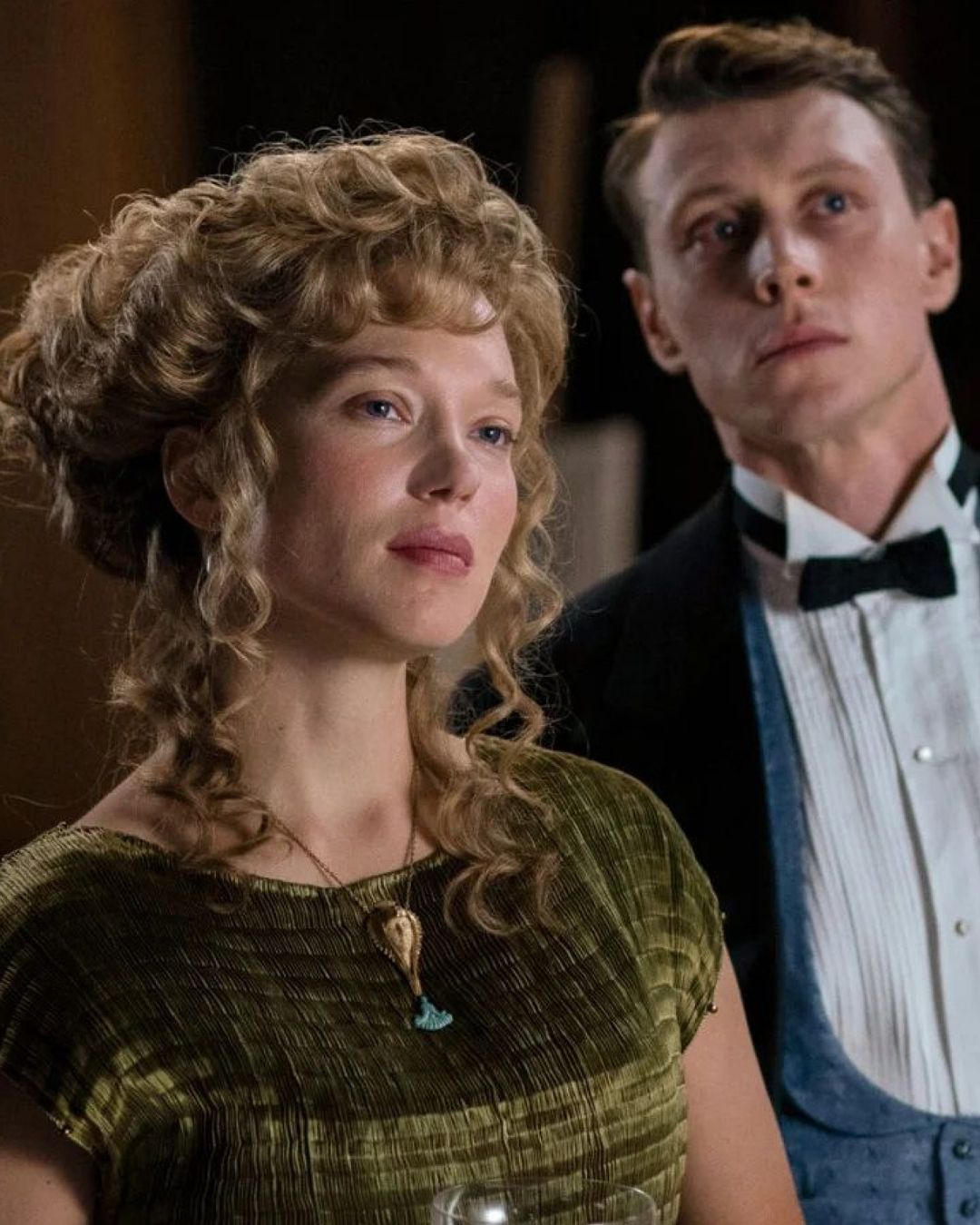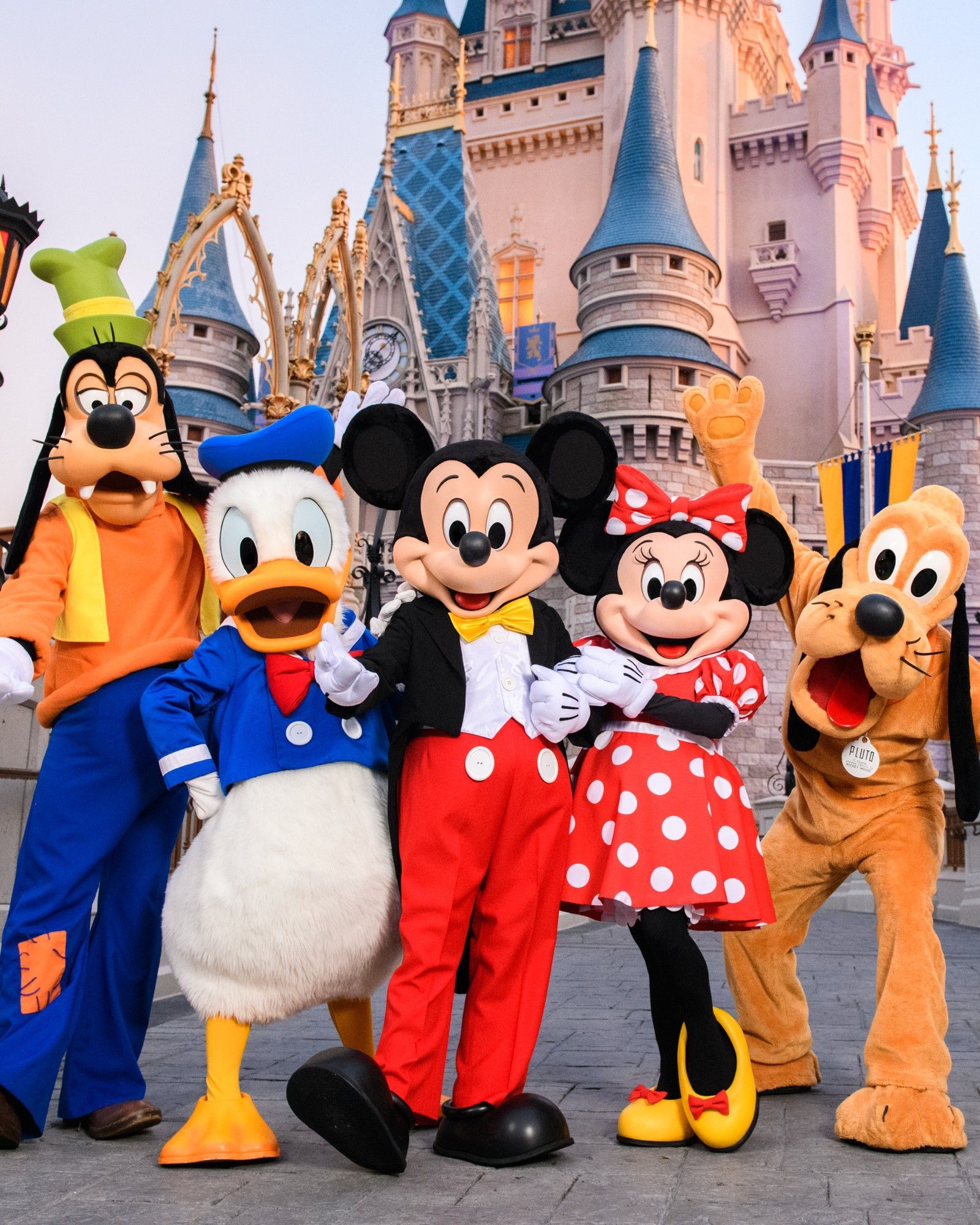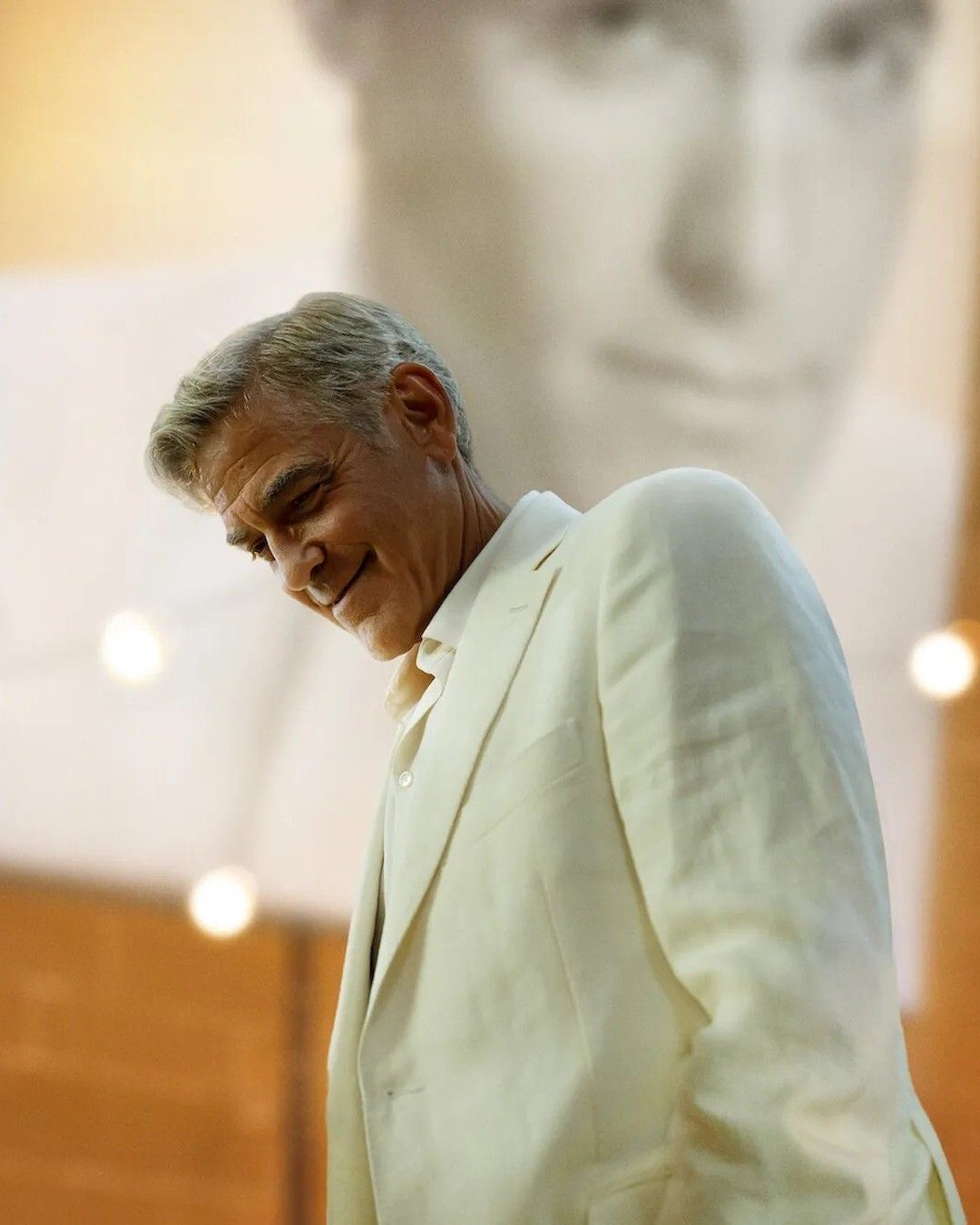
In ‘The Beast’ what is absent is what is most real Léa Seydoux stars in Bertrand Bonello's film, a woman who moves back and forth in time
When asked if she can scare herself on command, Gabrielle (Léa Seydoux) says yes. Of course, she’s an actress, but in the era of green screens, CGI, and bringing to the screen what isn’t present in reality, it can be quite challenging. That’s why, now more than ever, drawing from one’s own emotions makes what is asked of her in front of - but not just - a camera feel true, sometimes even tangible, and undoubtedly real. The emotional experience of the protagonist, central to Bertrand Bonello’s The Beast, is essential to her craft, standing in stark contrast to the emotionless post-global catastrophe work required in 2044. A job that must and cannot include any feelings. Gabrielle, however, remains the same, a character we see traveling through time, revisiting past lives she’s lived, which she is asked to relive in order to adapt to her new era, purify herself, and free herself through a technological catharsis process.
Thus, we see Seydoux playing a sensitive and renowned pianist from the early 20th century, an actress failing to succeed in her career and forced to turn to modeling a hundred years later, and finally, an ordinary woman searching for purpose, to feel useful in her present of 2044, all the while grappling with the constant sense of an impending end. It was the same at the start of the 20th century, the one after, and this unease persists into 2044. The common thread: a man Gabrielle keeps meeting, again and again. Perhaps the great love of her life, which often means facing the greatest pain and violence one can endure.
Bonello, inspired by Henry James’ novel The Beast in the Jungle, immediately delves into the emptiness and confusion felt by the protagonist, pairing it with the concept of absence that has pervaded modern cinema, attempting to portray it through the most human thing of all: love. The Beast, as a concrete entity, has no substance. We never see it; for the audience, it is just a shadow, and each time Gabrielle screams, signaling its presence, it is merely a clue suggesting that the creature is - or should be - there in front of us. Exploring the contemporary techniques relied upon by today’s audiovisual media, from cinema to advertising, recalls what the French filmmaker Leos Carax explored in *Holy Motors* in 2012. It’s a device used in The Beast to tell the story of emotional erosion, of feelings becoming elusive and not necessarily reproducible, yet juxtaposed with the protagonist’s desire to cling to them, despite living in a post-apocalyptic society demanding their abandonment.
Love, which transcends time, is both restlessness and a curse for those who feel too much, experience too much, and yet refuse to let go. Much like how cinema, at its core, will never abandon its ability to unsettle, through an actor or character who draws on their own experiences, their trials, transforming the immaterial (the concept of a film) into something present, authentic, and real (the film itself). The Beast does not shy away from evoking emotions, disquiet; imagination remains a tradition that repeats itself from year to year, century to century, always returning to the essence of things, their primordial state. To feel fear, to love, to stand constantly on the edge of an abyss: this is what Gabrielle feels, continues to feel, refusing to give up, even when experience teaches her that it hurts, unbearably so. This is cinema’s paradox: knowing that on the big screen, you might see and feel (or not) anything, even the worst, and yet choosing not to look away.










































